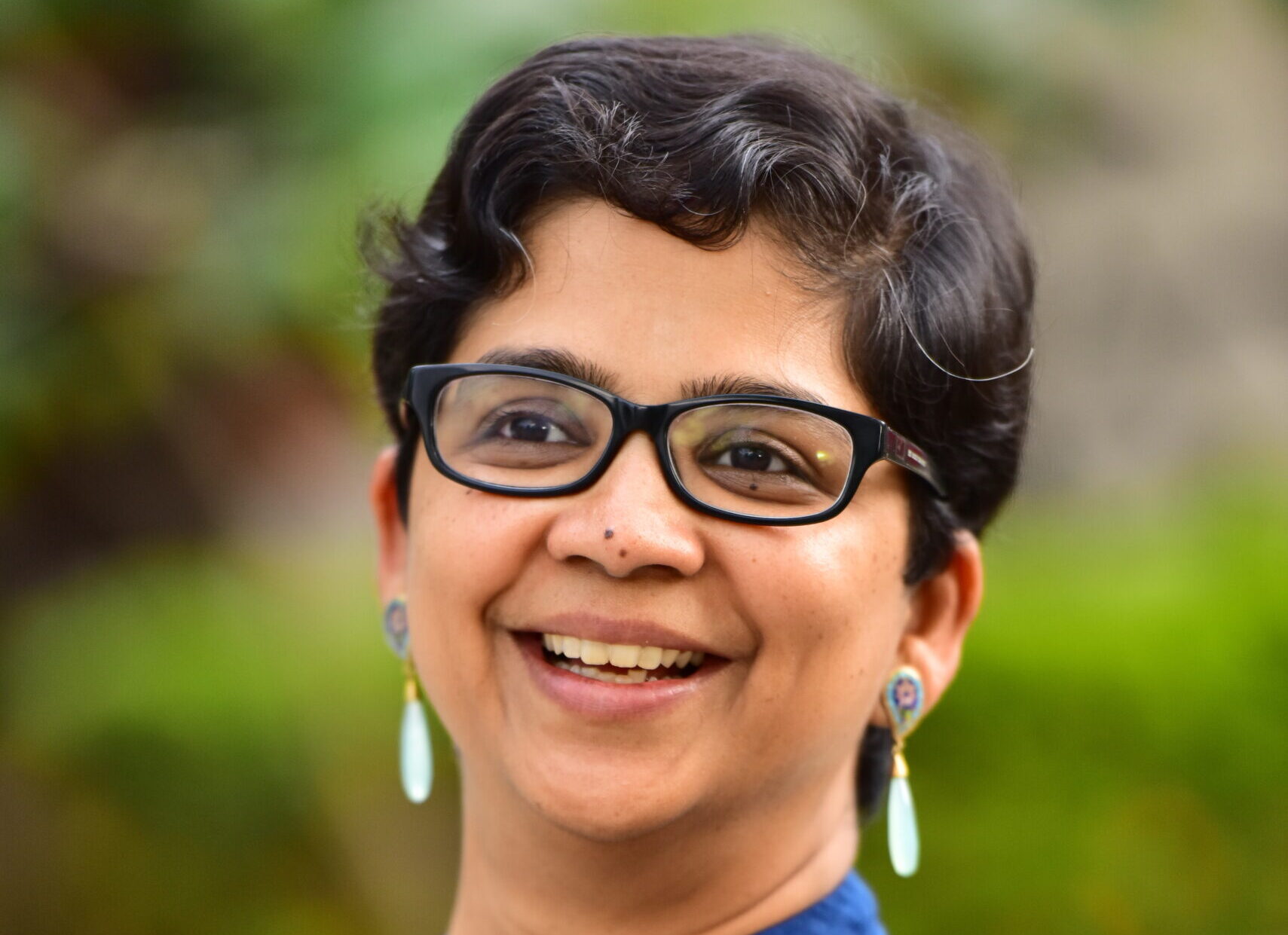Tell us about some important projects that your studio was involved in just before the lockdown.
We were involved with two projects for co-creating construction labour communities just before the lockdown. This couldn’t be extended due to Covid-19 and its impact on the construction industry.
Which were the biggest challenges and fears you faced because of the lockdown?
Financially sustaining our office and our work is the biggest challenge we still face.
We fear that contractors and developers will not be able to invest in worker welfare initiatives due to their economic situation, and it is more needed now!
What were the challenges you faced with the monetary flow in your practice and how are you handling them?
We are still facing monetary issues. We have not raised salaries. We also have decided to be strict about hiring for fit, and outsourcing accounts and audit. We have decided to be stringent about hiring for the long term, and would probably have one-year fellowships. We would be working more with interns and volunteers to tide the next few tough months.
We are also planning to spend some active time and efforts on new fundraising for projects.
We used to travel by public transport to utilize donor money stringently. Now our travel costs have become too high.
How are you strategizing to adapt to the new conditions of work upon resumption of office post the lockdowns?
Since we are a small team, the nature of our work requires us to be self-motivated, whether at home, at the office or in the villages. We don’t feel too many changes in our way of working, post the lockdown.
Were any new methods of work evolved during the lockdown?
We realized that we could connect through zoom and still be productive. We realized also that we could work from home as passionately as we do from the office. Of course, the human connection was missed.
How were the coordination issues resolved with the studio staff and on-site team?
Since travel was not allowed initially, and later when our finances made it difficult to travel or allow for a site supervisor, we found it difficult to guide local masons in our cost-effective ways of construction. Hence more mistakes happened at the site.
What were the biggest learnings from the pandemic? And which decisions and new work methods you feel your practice will continue with for the future?
The pandemic did give me time to take my foot off the pedal and to re-think, reassess the goal, the purpose, and the journey of Nivasa. We have restructured ourselves to have more mentors with similar values to bring in their big ideas, we have created a studio that will be headed by our senior architect.
We will be piloting new ventures with our refreshed studio structure over these two years. We should have a breather every year, where one should consciously step back from the endless wheel.
How have your contractors and labour network been influenced by the lockdown and what measures have you made to handle them?
Contractors have been deeply impacted financially, work-wise, emotionally and anything in between. We are taking steps to partner with organizations to bring in design guidelines for conditions of their livability. This is a part of our policy now and we’re taking baby steps towards a long journey.
How have relationships with your allied partners such as NGOs, corporates, etc., been influenced by the Pandemic?
All NGOs are in similar boats. Our relationships are intact though, and new connections are being formed. Corporates have shifted to projects with immediate impact on Covid-19 related measures and projects existing in their line. So we are left wondering how we can reach out to them and also whom to reach out to. We need to do some homework on this.
About your practice:
Please let us know about the founding year, principals, team and studio.
We started work on Nivasa NGO in 2012. We are a small team of architects and a structural consultant and we have been journeying together, in trying to enable humane and dignified living conditions for the urban and rural poor, through design thinking. We have a large team of donors, partner NGOs, volunteers, well-wishers, trustees and advisory board that support us in our journey.
What are some of the processes and work methods unique to your practice?
We use a consciously and actively blended approach of Implement, Influence and Inspire. Our core values are Purity of Purpose; Integrity of Thought; Word and Action; Patience and Perseverance in Execution; Community as the locus of Interest; and Cause as greater than the Self. Our approach is based on people-centred design practices. We don’t use a one size fits all approach. We use technology as an aid and tap into building with local men and materials and strengthening the local ecosystem. We partner with the government as much as possible.
We see ourselves as catalysts for social change.







